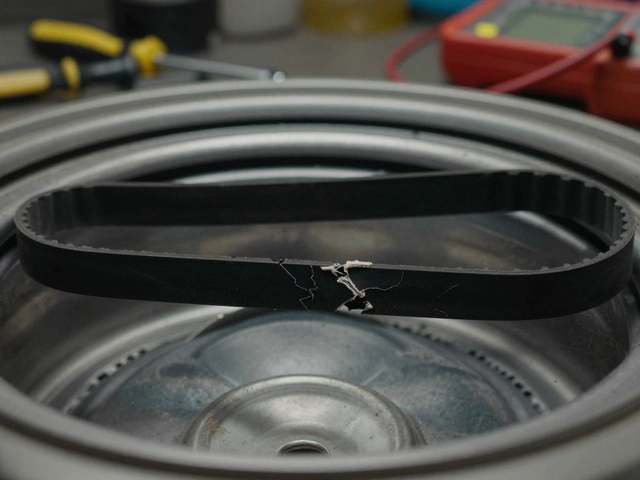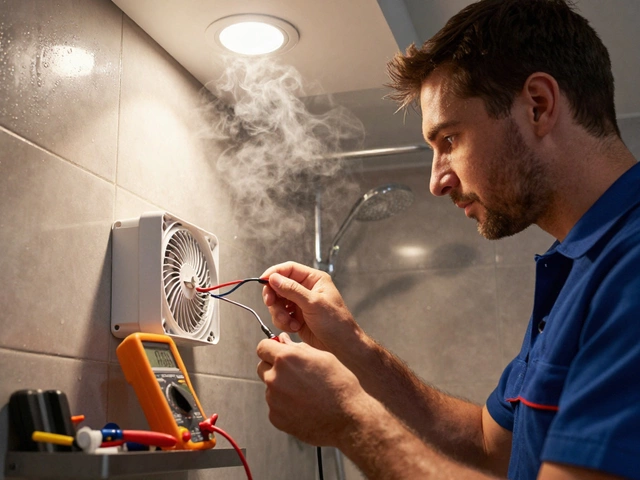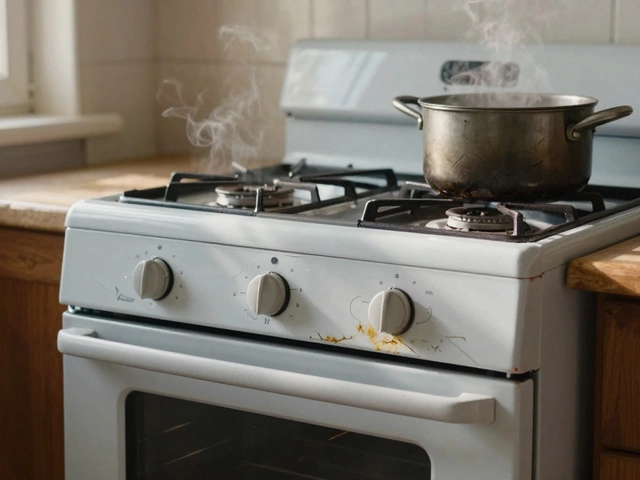Upgrade Your Home Appliances: Fix or Replace?
Ever stared at a stubborn fridge or noisy dryer and wondered if you should call a pro or just buy a new one? You’re not alone. The right answer depends on three things: price, age, and safety. Below we break each factor down in plain English.
First, the price tag. A simple part swap – like an oven heating element – usually costs under £100, while a full unit replacement can run £500 or more. Compare that to the appliance’s original cost and you’ll see if the repair is a bargain or a drain.
Second, age matters. Most manufacturers rate a typical lifespan of 10‑12 years for washers and dryers, 8‑10 for fridges, and 15‑20 for ovens. If your machine is still within that window and the fault is minor, a repair is often the smarter move.
Third, safety can’t be ignored. Leaking gas, sparking wires, or a fridge that no longer keeps food cold are red flags. Even if the repair is cheap, a safety risk means it’s time for an upgrade.
Know When a Repair Is Worth It
Look for these signs before you order a new appliance. A single component failure – like a broken dishwasher pump – is usually easy and cheap to replace. If the problem is isolated, ask the technician for a detailed quote and compare it to the cost of a comparable new model.
Another good indicator is recurring issues. If the same part keeps breaking, the underlying cause may be wear that’s spreading, and fixing it repeatedly becomes costly. In that case, budgeting for an upgrade saves money in the long run.
Do you have the tools and confidence for a quick DIY fix? Swapping a microwave magnetron or tightening a dryer belt can be done in an hour with basic tools. If you feel comfortable, try the simple repair first and call a pro only if the problem persists.
When It’s Time to Upgrade
Energy efficiency is the biggest upside of a new appliance. Modern fridges use up to 40% less electricity than models from a decade ago, and newer washing machines cut water use dramatically. Those savings add up on your utility bill and help the environment.
Feature upgrades also matter. A smart oven with Wi‑Fi controls or a dishwasher with adjustable racks can make daily chores easier. If you’re missing these conveniences, the added value often justifies the purchase.
Finally, consider resale value. A well‑maintained, relatively new appliance can boost your home’s market appeal. If you’re planning to sell soon, swapping out an old, noisy dryer for a quiet, energy‑star model can be a smart investment.
Bottom line: start by checking the repair cost, age, and safety of your current unit. If the fix is cheap, the appliance is still young, and there’s no hazard, repair it. If the bill approaches the price of a new model, the device is nearing the end of its life, or you want better efficiency, upgrade.
Take a pen, list the major issues on each appliance, and match them against the guidelines above. You’ll have a clear picture of what needs fixing now and what’s worth swapping out. That simple checklist saves time, money, and a lot of head‑scratching.
21 February 2025
·
0 Comments
Thinking about fixing your 7-year-old laptop? We dive into the nitty-gritty of whether repairing or upgrading your trusty old machine is a wise investment. Consider factors like cost, performance, and the latest tech trends before making a decision. Get practical tips and insights on extending the lifespan of your laptop or deciding if it's time to say goodbye.
Read more






